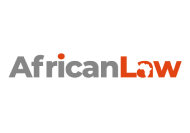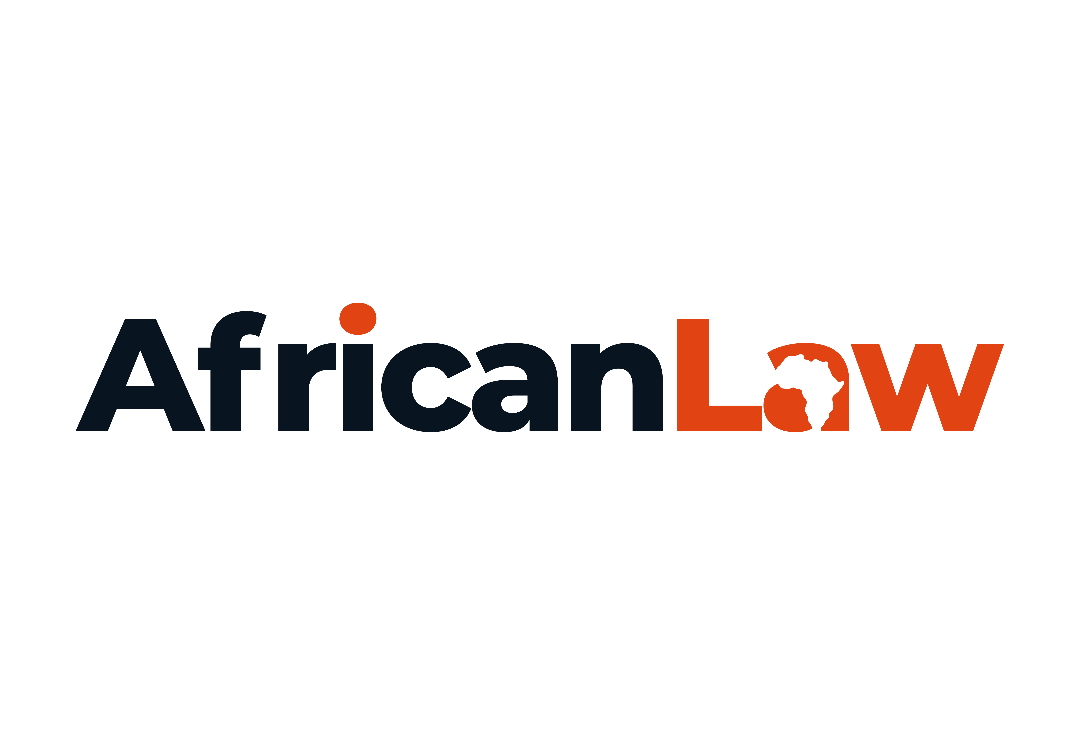Renewable energy is a cornerstone of Nigeria’s economic growth, energy security, and climate change mitigation strategy. With a population exceeding 200 million and an energy demand far outstripping supply, where 60% of the population lacks consistent electricity access, solar and wind power are pivotal to addressing Nigeria’s energy crisis. Abundant renewable resources, including solar radiation averaging and wind speeds in northern regions, position Nigeria as a potential leader in Africa’s clean energy transition. However, the success of this transition hinges on robust policy frameworks, regulatory clarity, and innovative financing. This article explores how Nigeria is leveraging policies to advance solar and wind power, highlights recent developments as of July 2025, and outlines opportunities for businesses and consumers, with expert legal support from AfricanLaw.
A New Era of Energy Policy
The Nigerian government has prioritized diversifying its energy mix, reducing reliance on fossil fuels (which account for ~85% of energy use in 2020) and scaling renewable energy to meet ambitious targets. The Renewable Energy Master Plan (REMP), launched in 2005 and updated through 2025, aims to increase renewable electricity from 13% in 2015 to 23% by 2025 and 36% by 2030, with specific targets for solar (500 MW) and wind (40 MW) by 2025. The National Renewable Energy and Energy Efficiency Policy (NREEEP) of 2015 complements this by promoting solar, wind, biomass, and small hydropower through a regulatory framework that defines renewable energy as sources that do not deplete earth’s resources.
Key policy mechanisms include:
- Renewable Energy Feed-in Tariff (REFIT) - This instrument guarantees fixed prices for renewable electricity fed into the grid, incentivizing private investment. As of 2025, the Nigerian Electricity Regulatory Commission (NERC) has streamlined REFIT processes to ensure timely payments, boosting investor confidence.
- Solar Power Naija - A flagship initiative under the Rural Electrification Agency (REA), it has deployed over 1 million solar home systems by mid 2025, targeting 5 million by 2026, focusing on rural and underserved urban areas.
- National Integrated Electricity Policy and Strategic Implementation Plan (NIEP-SIP) - Implemented in 2024, it emphasizes grid reliability, renewable integration, and sector liquidity, aiming for 10 GW of solar capacity by 2030 through public-private partnerships (PPPs).
- Fiscal Incentives - A moratorium on import duties for renewable energy technologies, introduced in 2023, continues through 2025, together with tax credits and preferential loans to reduce project costs.
Recent updates include the Nigeria Energy Transition and Investment Plan, refined in October 2024, which targets 277 GW of installed power capacity by 2060, with 40% from renewables by 2030. The plan emphasizes solar photovoltaic (PV) systems and battery storage (137 GW by 2060) to phase out 72% of diesel generators by 2030. The World Bank’s USD 1.5 billion commitment, split between the Nigeria Electrification Project (NEP) and Power Sector Recovery Operation (PSRO), supports solar mini-grids and hydropower, with USD 750 million allocated to each by 2025. Additionally, the Nigeria Distributed Access through Renewable Energy Scale-Up (DARES) initiative, launched in 2025 with USD 750 million in World Bank funding, aims to electrify 17 million Nigerians through solar and hybrid systems.
What It Means for Businesses and Consumers
For businesses, Nigeria’s renewable energy policies create significant opportunities. Industries such as cement, food processing, and textiles, which rely on stable power, benefit from solar microgrids and wind farms that reduce operational costs and reliance on costly diesel generators (used by 80% of Nigeria’s power generation). Independent Power Producers (IPPs) are reshaping the market, with companies like Engie SA, TotalEnergies SE, and Starsight Energy leading solar and wind projects. For instance, the 140 MW Qua Iboe Solar Power Plant and 10 MW Katsina Wind Farm demonstrate scalable models for corporate investment. The NIEP-SIP’s focus on PPPs has unlocked USD 5 billion in renewable investments by 2025, with projections of USD 2 billion for grid modernization by 2030 to support 20 GW of renewable capacity.
For consumers, particularly in rural areas where electrification rates are ~40%, solar home systems and mini-grids are transformative. The Solar Power Naija initiative and Solar Hybrid Mini Grids, backed by USD 150 million from the African Development Bank, have electrified 300,000 households and 30,000 enterprises by mid 2025, enhancing productivity and community security through solar street lighting. Pay-as-you-go (PAYGO) models and microfinancing make solar solutions affordable, with companies like d.light replacing 280,000 fuel generators, benefiting 2 million households. The projected renewable energy market growth from 3.44 GW in 2025 to 5.51 GW by 2030 (CAGR of 9.88%) promises further access improvements.
AfricanLaw’s platform supports stakeholders by connecting businesses with legal experts to navigate renewable energy regulations, draft PPP agreements, and secure incentives. Lawyers on the platform, coupled with the internal Legal Support Service, provide tailored guidance on compliance with NERC regulations and AfCFTA-aligned contracts, ensuring seamless project execution.
Challenges and Opportunities
Despite significant progress, challenges remain. Policy inconsistencies, bureaucratic bottlenecks, and limited financing options continue to slow the expansion of Nigeria’s renewable energy sector. A lack of local manufacturing for solar panels and wind turbines also increases costs, making large-scale adoption more difficult.
However, there are bright spots. International investors and development agencies are increasingly supporting Nigeria’s green transition through grants and low-interest financing. Public-private partnerships (PPPs) are also proving instrumental in scaling up renewable energy projects, while innovations in battery storage and smart grids are improving efficiency and reliability.
Looking Ahead: The Future of Renewables in Nigeria
Nigeria stands at a turning point. Strengthening policy implementation, improving regulatory clarity, and enhancing financial incentives will be key to unlocking the full potential of solar and wind energy. With the right approach, Nigeria can become a leader in Africa’s renewable energy revolution, creating jobs, reducing carbon emissions, and boosting economic growth.
For businesses and individuals looking to navigate Nigeria’s renewable energy landscape, expert legal guidance is essential. If you want to learn how these policies impact you and your business, visit the AfricanLaw Platform and connect with our network of legal professionals who can help you understand the regulatory landscape and seize new opportunities in Nigeria’s green economy.

















